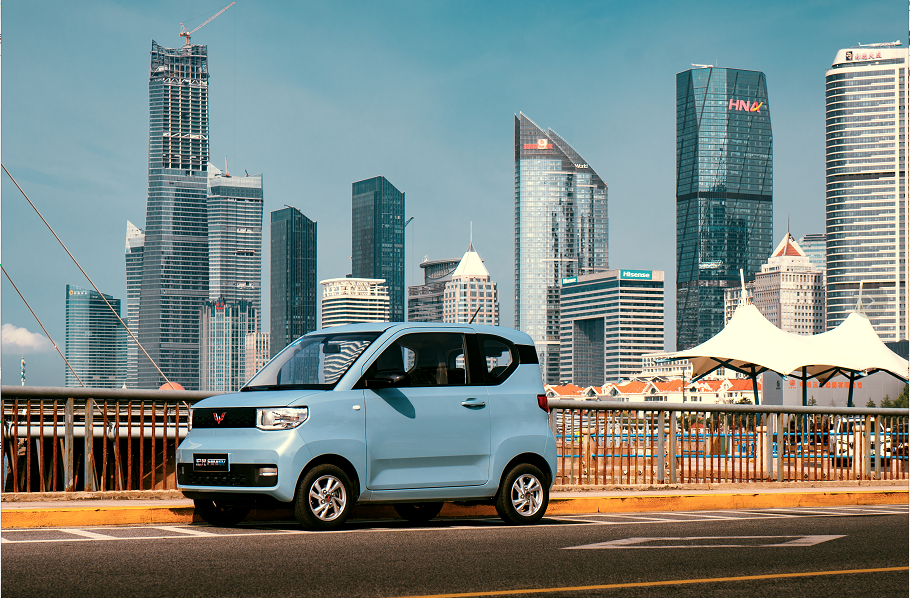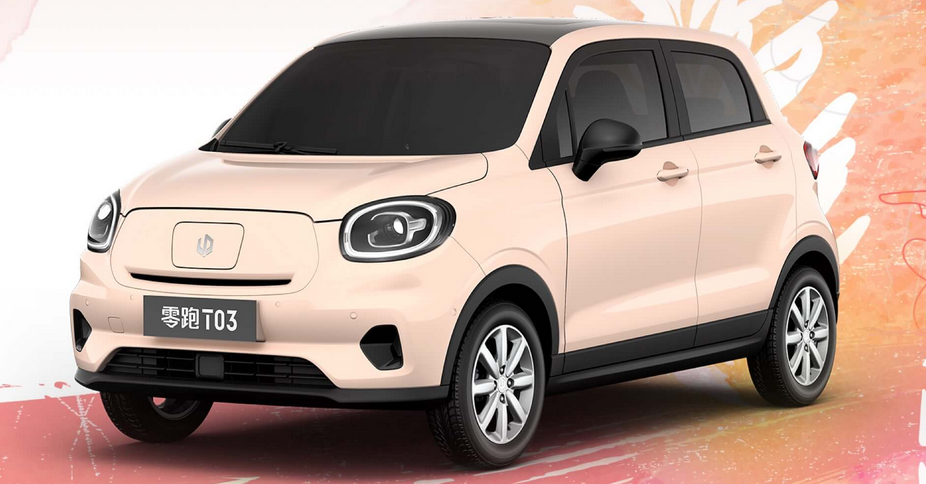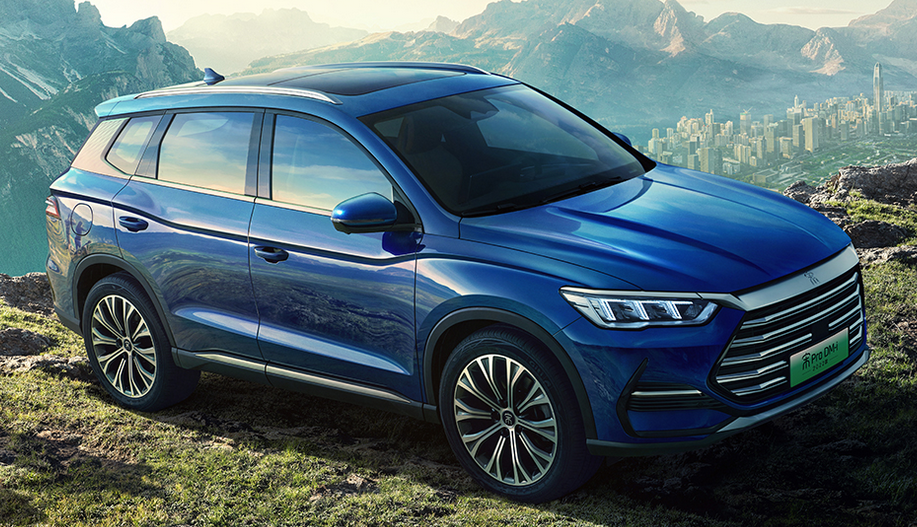NEV makers in China lift prices to cope with NEV subsidy reduction
Shanghai (ZXZC)- China would cut subsidies on NEVs by 30% in 2022 and abolish them altogether at the end of the year, the country’s Ministry of Finance announced on Dec. 31, 2021. In China, NEVs refer to BEVs, PHEVs (including REEVs), and FCVs.
The NEV subsidies were supposed to be withdrawn by the end of 2020, but the COVID-19 outbreak resulted in the slowdown and the government wanted to recover the weakened car shopping demands. In April 2020, the ministry announced NEV subsidies would be reduced from 2020 to 2022 by 10%, 20%, and 30% respectively. In public transport sector, the reduction would be milder.

Wuling Hongguang MINIEV; photo credit: SGMW
Under the newest subsidy scheme, the incentive volumes would be cut by 3,900 yuan ($615), 5,400 yuan ($850) and 2,000 yuan ($315) for a BEV with a range between 300 and 400km, more than 400km, and a PHEV (including REEV) respectively.
The subsidies only apply to passenger cars priced below 300,000 yuan ($47,250). Nevertheless, the limit is not applicable to models with swappable batteries, a technology pursued by such carmakers as NIO and BAIC BJEV.
Due to the subsidy shrink, several automakers have marked up NEV prices to maintain their profits. After compiling information released by automakers, trustworthy media outlets and databases, ZXZC made a table as below to display NEV price increase details of six carmakers.

Tesla announced on Dec. 31, 2021 it would bump up prices of the Model 3 and Model Y's RWD versions by 10,000 yuan ($1,575) and 21,088 yuan ($3,320) respectively. Currently, users of the Model Y RWD can no longer enjoy subsidies as its price has been topped 300,000 yuan.
The Guangzhou-based EV maker XPeng claimed on Jan. 11 the updated post-subsidiary prices of three models. In this adjustment, the entire model series of the P7, the P5, and the G3i recorded price increase by 4,300 yuan ($680) -5,900 yuan ($930).

2022 Leapmotor T03; photo credit: Leapmotor
Leapmotor's launch of higher-priced 2022 T03 was regarded by some industry insiders as a response to the incentive decline.
HOZON Auto, the startup dedicated to low-/mid-end EVs, has made price growth for some variants of the NETA V, V Pro, and U Pro.
Both the standard-range single-motor and long-range single-motor versions of the China-made Polestar 2 have seen their prices rise 5,000 yuan ($790).
Some automakers have published the decision to raise price, while they allow consumers to buy cars at previous prices during a limited period, attempting to attract consumers and shore up sales.
Although XPeng's price rise policy has already taken effect, the company decided to maintain prices unchanged for ten days after the implementation of the national policy.

BYD 2022 Song Pro DM-i; photo credit: BYD
BYD was the latest one releasing the notice of price growth, while its policy will not be effective until Feb.1, 2022. Besides, it also noted the price rise partially resulted from the growth in raw material price.
NIO said that buyers of its ES8, ES6 and EC6 vehicles who had paid a deposit on or before Dec. 31, 2021, and take delivery of their purchases before March 31, 2022, can still enjoy the subsidies under the 2021 plan. Any shortfall under the 2022 policy would be borne by the company, it said.

ORA Haomao; photo credit: ORA
ORA, the NEV brand of Great Wall Motor, said its subsidies will remain the same as that of 2021 for users who buy the ORA Haomao (meaning “Good Cat”) between Jan. 1 and Dec. 28, 2022. The 5,400 yuan ($850) in subsidiary reduction will be undertaken by the carmaker itself.
Moreover, FAW-Volkswagen disclosed on Jan. 1, 2022 it would raise prices by 5,400 yuan for both the ID.6 CROZZ and ID.4 CROZZ. However, the firm afterwards said it will temporarily keep prices unchanged as long as users finish car purchase before Feb. 28, 2022.
Whether or not NEV prices will be raised depends on supply-demand condition, said Cui Dongshu, secretary general of the China Passenger Car Association (CPCA). “Some automakers might lift prices if the NEV market maintains a robust upward trend, while they will also probably offer discounts when facing weak demands,” Mr. Cui added.
He also thought if companies like Tesla and BYD, who play a benchmarking role in the NEV industry and to a large extent hold the pricing power, announced the determination of price increase, other automakers will follow up.
The impact of subsidy phase-out on NEV prices will be a short-term trend, many industry insiders guessed. With regard to car segments, the influence should be stronger for vehicle models highlighting cost performance and targeting low-/mid-end market. Nevertheless, for premium models, the effect will be insignificant.

